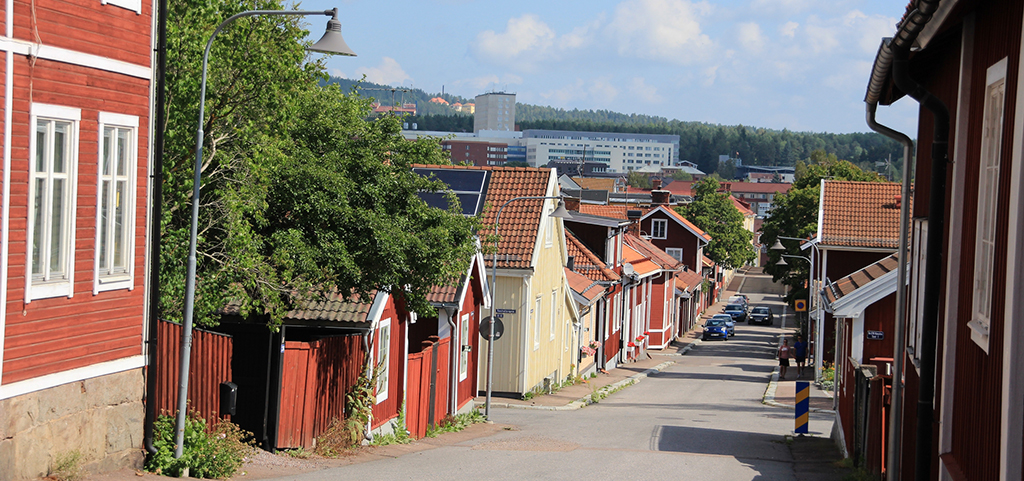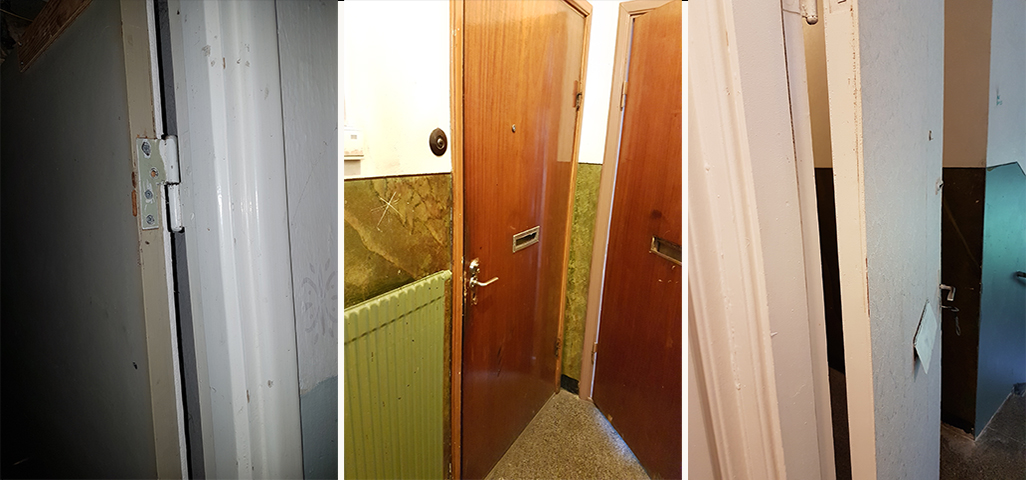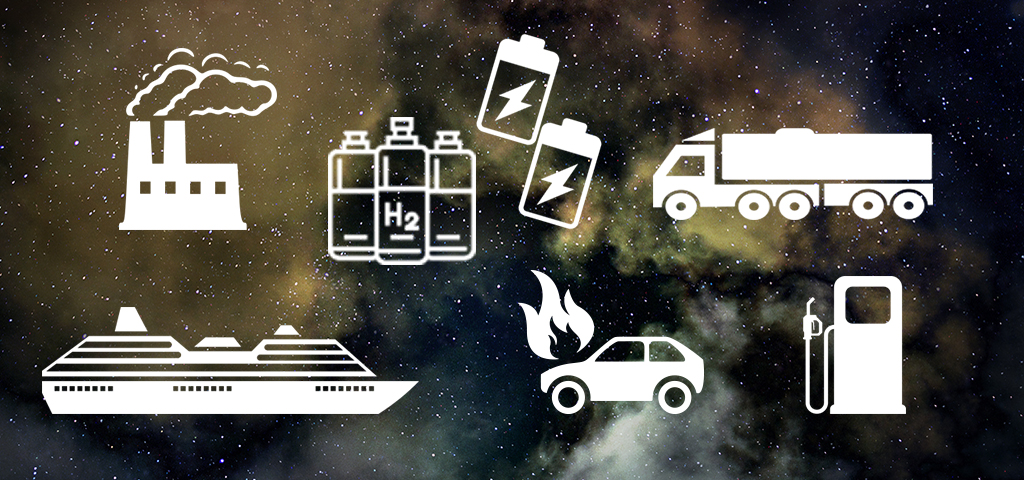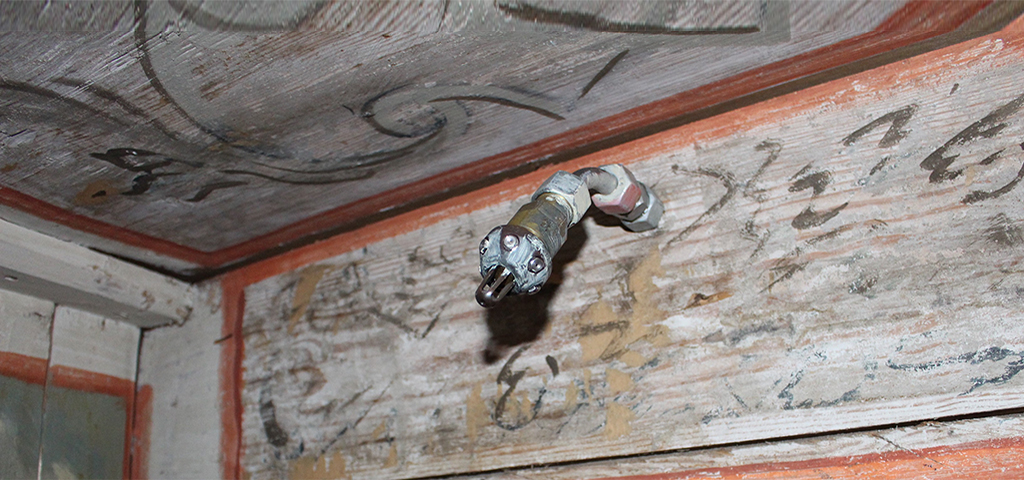
The introduction of batteries in homes brings new risks of fire and toxic gases. A thorough understanding of these risks through experimental studies and simulations is necessary to develop effective measures and design guidelines. This project aims to establish comprehensive design guidelines for the safer use of battery modules in residential buildings, which in turn […]

The fire damage prevention work is structured as a collaboration between various social actors, individuals and local and civil societies. A prerequisite for successful cooperation is that the various actors carry out their fair share – and that there is trust that the other actors will carry out theirs. At the same time, trust varies […]

The requirement in the building regulations for fire-rated apartment doors came in 1960, for 15 minutes of fire. When inspecting apartment buildings built in 1940-1959, SÄRF relatively often encounters original doors to the apartments. If it does not impose any preservation requirements, the principle has been to impose new fire-rated doors in a minimum class […]

Future climate conditions are expected to extend the fire seasons in Sweden and increase the occurrence of severe droughts. This will heighten society’s vulnerability to forest fires, which in turn requires climate adaptation strategies for a variety of stakeholders, e.g. the general public, property owners, municipalities, and landowners. What these climate adaptation strategies entail, how […]

Changes in the energy landscape relating both to the ambitions of a green energy transformation as well as increasing global security concerns, have led to increased attention to new energy carriers. These can serve the role of allowing for the electrification of transport and decarbonization of industries as well as to reduce the effects of […]

Inom byggbranschen pågår flera arbeten med att på olika sätt minska klimatpåverkan vid upprättande av nya byggnader såväl som vid ombyggnation, och flera incitament har instiftats för att beakta och påverka koldioxidpåverkan, som t.ex. krav på klimatdeklarationer samt EU-taxonomin. Utöver myndighetskrav har flera aktörer på marknaden ansatt egna, interna, krav där aktörerna förhåller sig till […]

Safe refuge areas have been included in the Swedish National Board of Housing, Building andPlanning’s building regulations since 2011 as an evacuation solution for persons with reducedmobility when it is not possible to evacuate to a safe place from a public space. The SwedishWork Environment Authority’s regulations on Workplace Design require temporary evacuationplaces to the […]

Since the beginning of the 2000s, sprinklers have been installed in a large number of Swedish churches andother culturally and historically valuable buildings. “Sprinkler” here refers to both traditional sprinkler systems and more modern water mist systems. The experiences from the installation of sprinkler systems in nine wooden churches that were carried out between 2004 […]

The Duration of Heating Phase (DHP) concept is the path forward to include in a pragmatic manner the importance of the cooling phase of structural elements in fire safety engineering. This concept is a complementary measure to the standard fire resistance where elements are classified based on testing according to fire resistance standards. The standard […]









